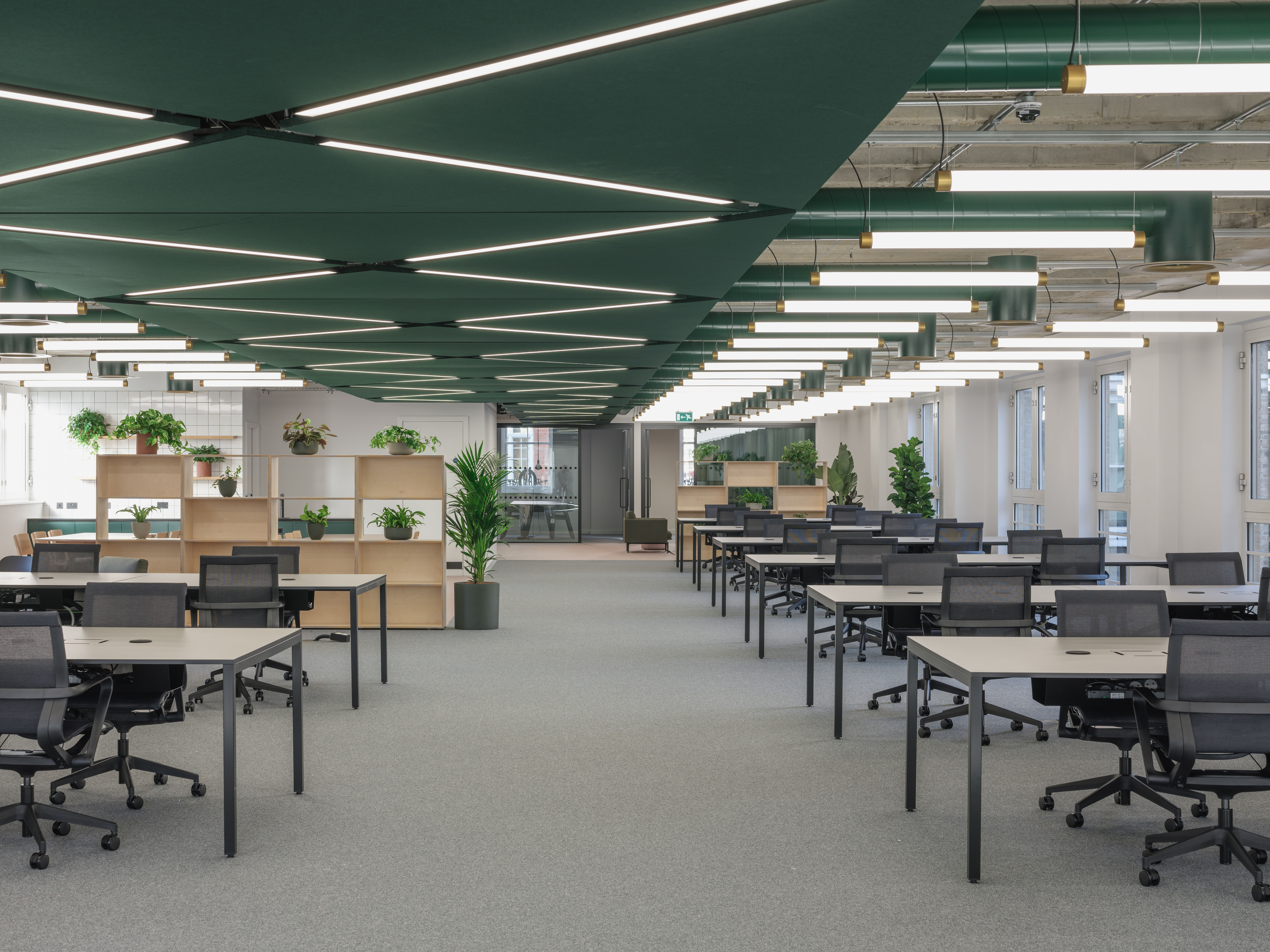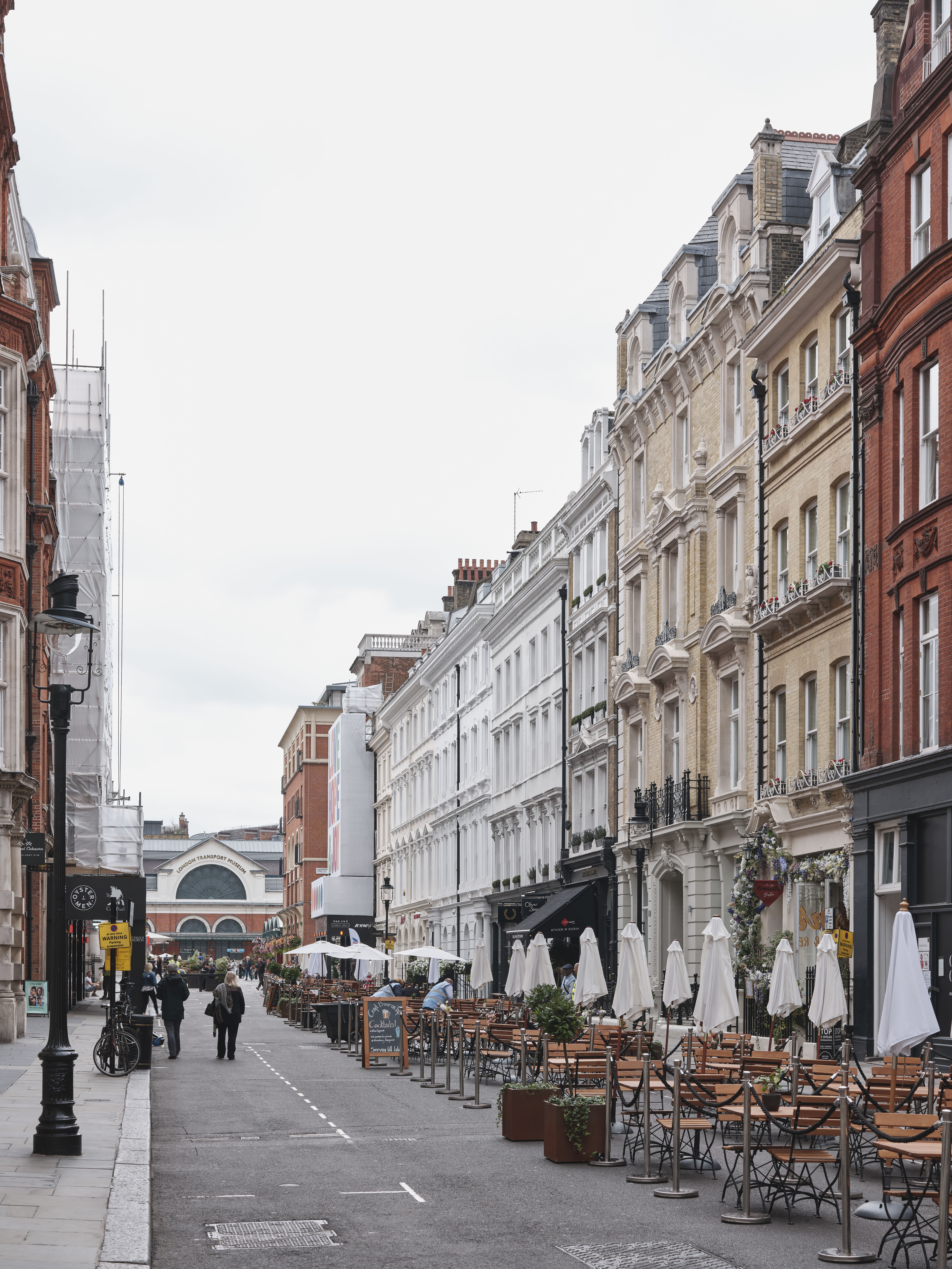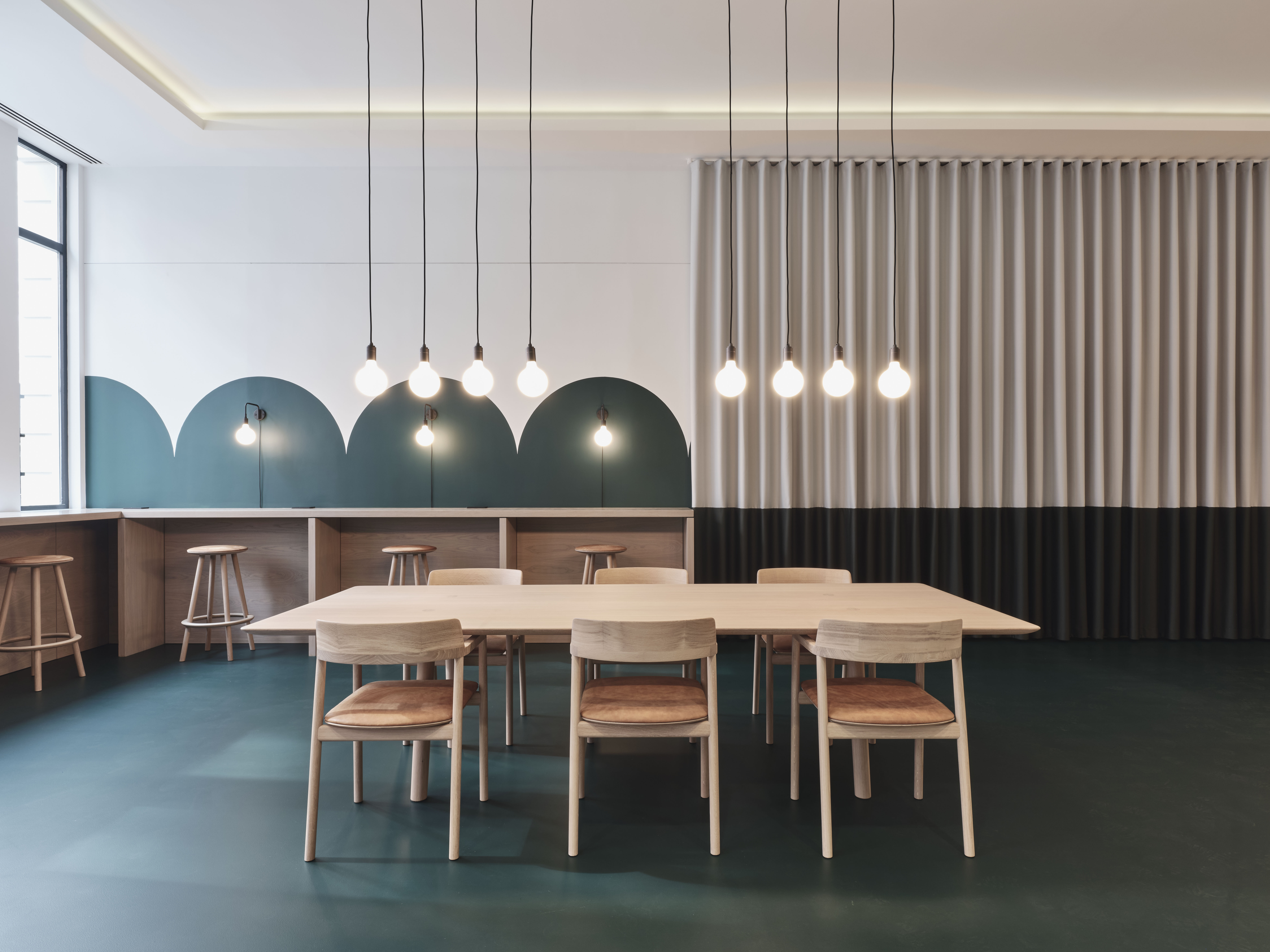| Company Details | |
|---|---|
| Company Name | White Red Architects |
| Address | 45 Charlotte Road London EC2A 3PD United Kingdom Map It |
| Name | Joe Haire |
| Job Title | Director |
| Email hidden; Javascript is required. | |
| Phone | 07817798459 |
| Role of this organisation in the project being entered | Project director |
| Category |
|
| Name of organisation entering the Awards (if different from above) | White Red Architects |
| Role of this organisation in the project being entered (if different from above) | Architect |
| Project Name (written how it should appear) | 12 Henrietta Street |
| Project Address | 12 Henrietta Street London, WC2E 8QG United Kingdom Map It |
| Client Name | Will Hawking |
| Designer/Architect Name | Joe Haire |
| Contractor Name | David Alderton |
| Project Description | One of the key objectives in the refurbishment of 12 Henrietta Street was to create a place that felt part of Covent Garden and not just a space to work. In the post Covid world where the workplace needs to do much more to attract people back from the home office, this has become a vital attribute. Location, and the lifestyle it offers, is a key criteria when considering where to work and our offices should reflect this. We wanted to give this historic building back some of its personality; a stronger character that would connect it positively with the people that work there. We decided to step back from the traditional approach of focussing on the office floor plate and instead designed the shared reception as the centre of the proposal. Joe Haire, director at White Red Architects: “We didn’t want this to be just another indistinct, speculative office project. There was an opportunity in this historic building to tackle the challenge of office refurbishment differently and create something that prospective users might be really fond of. We were determined to adopt a daring design in this prestigious location and were grateful that our client embraced this approach.” The shared reception area forms the centre of the proposal. Being visible from the street and the first space you enter it is vitally important to the building. It has been designed to double-up as both a traditional reception, controlling the flow of people into the building, but also as a space that invites you to wait, to socialise or work, making it a natural extension of the office spaces above. A generous solid oak ‘dining’ table occupies the centre of the space inviting groups to sit and talk while more discreet high benches around the perimeter and in the windows are placed for individuals to sit and work. This activity in the building’s entrance makes for a more attractive space to spend time and activates a previously dormant facade. The result is a space that proudly embeds the workspace within the local context forming a useful and inviting part of the street scene. The fit-out and finish of the two office floors were approached differently. The third floor is finished as far as Cat A and more traditionally without colour, whilst the second floor is finished to Cat B, in full colour and includes meeting rooms, floor finishes, kitchen, desks, sofas and storage. This is the show floor and immediately ready for a prospective tenant to move in and start work. The furniture and furnishings have been selected in line with the character of the design and offer something bolder and more adventurous in what is typically a very reserved office market. Will Hawking, senior asset director at Royal London, said: White Red Architects and the team have created a characterful and contemporary refurbishment that takes inspiration from the historic local context of Covent Garden giving the building a new lease of life and making it stand out from the competition.” |
| Materials Used | Colour and shape have been used to add character. Racing green is already present throughout much of Covent Garden and this classical colour has been carried through the building in paint, floor resin, handmade tiles and acoustic panels, linking the spaces together. The distinctive arches that line the reception come from the beautiful Victorian ironwork of the semi-circular green windows of the London Transport Museum nearby. Also key to the character of the building is its historic facade. After years of neglect and pollution, the stone mouldings, brickwork and metalwork had dissolved into the background. The facade was thoroughly cleaned, brickwork repointed with lime mortar and the metalwork repainted, bringing the frontage back to life. The central attribute of the office floors is the racing green ductwork with golden ‘top hat’ diffusers against the structure of the concrete waffle slab above. Exposing structure and services is not typically seen in commercial spaces in this more traditional part of Central London, and so it was crucial that this was designed and set out neatly. White Red Architects worked closely with the M&E consultant in Revit to design and model every conduit, duct and detector. These were reflected in the developing CGIs and passed on to the Contractor during construction allowing the team to collectively control the process and be confident of the outcome. The services are fed by a central spine running down the centre of the long floor plates, concealed with a raft of acoustic panels. These panels are made from recycled plastic bottles. |
| Sustainability | As a building refurbishment it was important to make the most of the existing building as much as possible in order to reduce waste. What was put back was carefully evaluated considering circular design principles where possible. The intention with the new ceiling strategy for the office floors was to do more with less. The existing concrete slab was cleaned and exposed boosting the head height. Services were neatly set out and consolidated to a central spine which allowed them to be concealed by a minimal suspended raft. The system and the material of the raft was chosen for the ease with which it can be demounted and it’s high recycled content. The whole system can be taken down and reused or recycled. Furthermore the triangular panel was developed to minimise cutting and waste of acoustic panels. Annual CO2 emissions 25.37 KgCO2eq/m2 per floor reduction from 45.76 KgCO2eq/m2 per floor from the previous refurbishment |
| Issues Faced | The use of racing green across so many different finishes was a challenge. Green paint for walls, resin for floors, powder coated doors, handmade tiles, ductwork, kitchen cabinets and curtains all had to match or work well together. Sampling, benchmarking and use of VR were critical in getting it right. Choice of flooring material in the reception was also a challenge. Many finishes were considered including poured terrazzo and timber however these required that the existing floor tiles be removed creating dust, noise and waste. The solution was to use a thin build-up resin that could be applied directly over the existing floor tiles. The new surface provided a clean, contemporary finish to the space with minimal material added. |
| Supporting Images |





